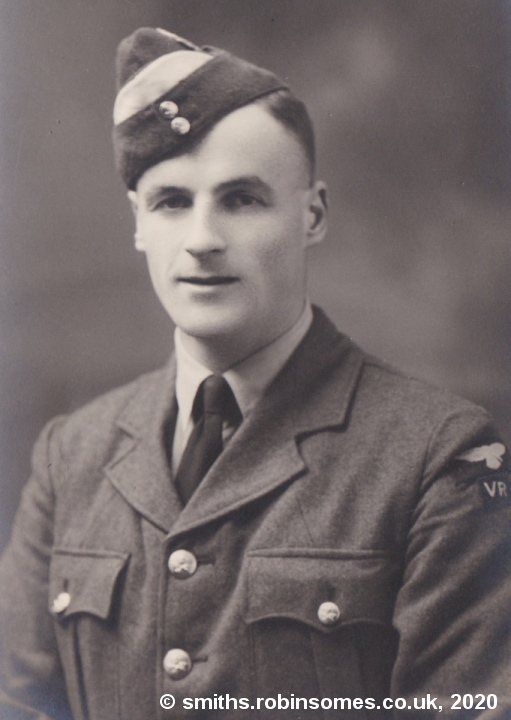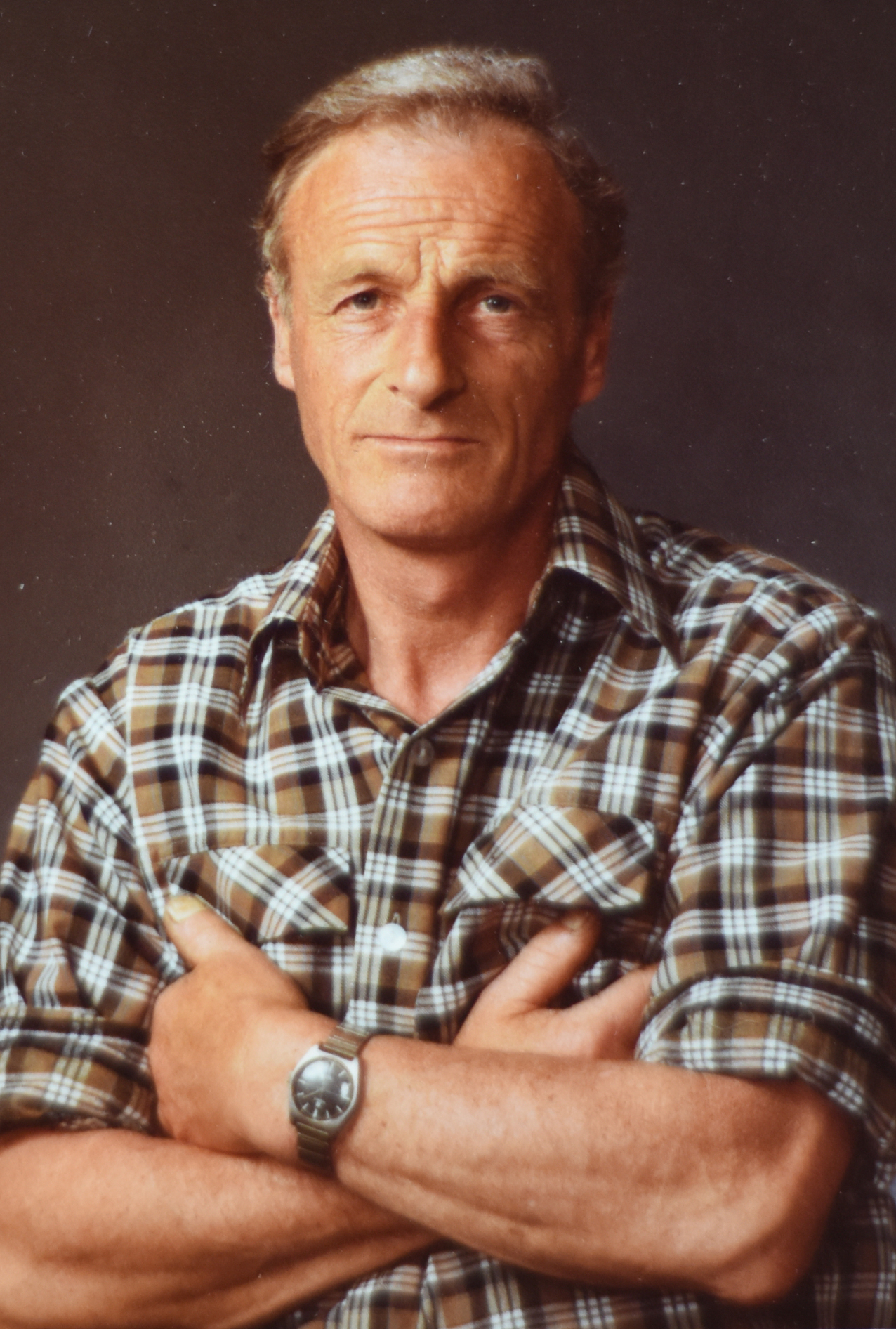
Stan Smith was born in Invergordon in October 1918; the family soon moved back to Yarmouth after the war, where his sister Jeanette and brother Colin were born. Stan worked initially for his father’s business, and later for the legendary Uffa Fox in Cowes.
Along with Colin, he joined the RAF during World War 2, undergoing training in Canada, and then serving in India and Burma. After the war, the brothers abandoned their initial plan of sailing home from India in a dhow; Stan continued working with his father’s business, while Colin worked for Saunders-Roe at Cowes.
Around 1947, the brothers began to formulate their plans for the Nova Espero project, which eventually encompassed both the boat, and a series of peace colonies of the same name, with the purpose of peaceful coexistence of all nationalities, speaking Esperanto as a universal language (‘Nova Espero‘ means ‘New Hope‘ in Esperanto).
In March 1949 the brothers set off for Canada again, working in Halifax, Nova Scotia, for almost 5 months to construct Nova Espero, the 20-ft sloop which would carry them back across the Atlantic to England – the story told in the ever-popular Smiths at Sea.
Pausing only to write Smiths at Sea, and the manifesto for their project, the brothers returned to Canada in February 1950, along with Charles Violet, to attract support for their plan, and seek land upon which to build the first of their peace colonies. However, attracting support was not straightforward, and their plans were knocked back by the many conflicting interests and ideals of their supporters. The brothers returned to England in June 1950, leaving Charles Violet and Nova Espero in Canada, temporarily.
When all were reunited in England later that year, Stan, Charles, Theo Somes and others embarked on renovations and improvements to Nova Espero. In May 1951, Stan and Charles set out to cross the Atlantic again, a much longer and more arduous journey from east to west, via the Azores and Nova Scotia. They finally reached New York on September 11th. The story of this journey is told in Smith and Violet’s book “The Wind Calls The Tune“.
For the next 15 years or so, Stan returned to boatbuilding and design in Yarmouth, Isle of Wight, working at his father’s business, and a series of his own ventures, producing many innovative designs. He married in 1955.
His most successful design was the West Wight Potter, which remained in production in the USA, under licence, until very recently. In 1965 he made a perilous solo journey across the North Sea and Kattegat to Sweden in a West Wight Potter, to deliver it to a customer. Overtaken by a terrible storm, he was shipwrecked at Hvide Sande on the coast of Denmark, and almost perished. After his recovery in hospital, he found the Potter was largely undamaged. Once patched up, he was able to continue his journey to deliver the boat to Sweden. The story of this journey was told by Stan in his booklet “October Potter“, originally published in 1967.
Soon after this, Stan moved to Denmark, remarried, and spent the remaining years of his life working at the Kristensen boatyard in Hvide Sande. He died in Ringkøbing, Denmark, in October 1980, aged 62.
The October Potter story has also been presented in John Jordan’s video on YouTube. John’s other videos include a history of the West Wight Potter.

All content © Robin Somes unless otherwise indicated.
